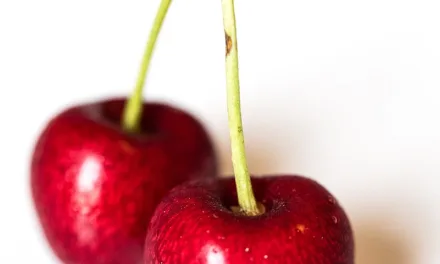American beer refers to a wide variety of beer styles brewed in the United States. Historically, it was associated with mass-produced light lagers, but the American beer scene has grown significantly in recent decades, with a boom in craft breweries, regional styles, and experimental brews. Here’s a breakdown of the main aspects of American beer:
1. Types of American Beer
Mass-Market Lagers
- Light Lager: Low-calorie, light-bodied beers (e.g., Bud Light, Miller Lite, Coors Light).
- American Lager: Standard lagers with mild flavor (e.g., Budweiser, Pabst Blue Ribbon).
Craft Beers
- American Pale Ale (APA): Crisp, hoppy, and slightly citrusy.
- India Pale Ale (IPA): Strong hop aroma and bitterness. Variants include hazy, West Coast, and double IPAs.
- Amber Ale: Balanced with caramel malts and a light hop presence.
- Porters & Stouts: Dark beers with roasted malt flavors (e.g., Founders’ Porter, Left Hand Milk Stout).
- Sour Ales: Tart, fruity beers like American wild ales or Berliner Weisse.
- Wheat Beer: Refreshing, often citrusy beers (e.g., Blue Moon, Allagash White).
Regional Styles
- West Coast IPA: Known for strong bitterness and clear appearance.
- New England IPA (Hazy IPA): Juicy, cloudy, with low bitterness.
- California Common (Steam Beer): Lager fermented at warmer temperatures (e.g., Anchor Steam).
- American Adjunct Lager: Includes corn or rice for a lighter taste.
Craft Beer Boom
Since the 1980s, the craft beer movement has introduced many independent breweries producing small-batch, artisanal beers. Well-known breweries include:
- Sierra Nevada Brewing Co.
- Stone Brewing
- Dogfish Head Craft Brewery
- The Boston Beer Company (Samuel Adams)
Cultural Influence
American beer reflects a diverse drinking culture:
- Sports and Festivals: Light lagers are popular at games and BBQs.
- Craft Beer Culture: Taprooms, beer festivals, and beer-and-food pairings have become a big part of urban life.
Image from Wikipedia






Recent Comments